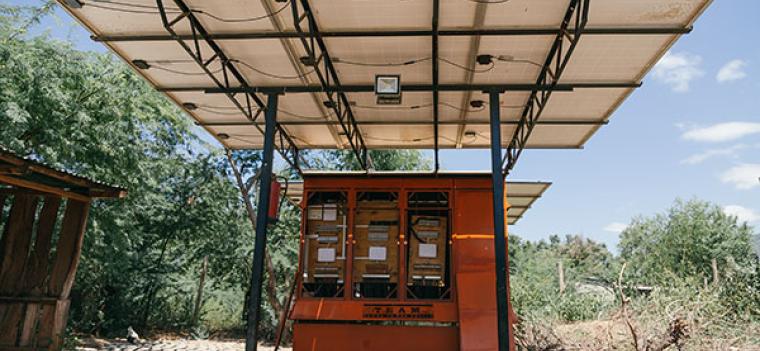News
- Mini grids hold great promise for electrifying remote areas in regions such as Sub-Saharan Africa and Asia, and help countries reach their energy access goals
- Innovations and declining costs have made mini grids a viable option to boost economic activity in areas that would otherwise be waiting years for grid connection
- The World Bank, along with its partners, has launched a Global Facility on Mini Grids to help countries accelerate their successful adoption
John Akwa is a metal fabricator in the remote town of Entasopia, 50 kilometers from the nearest power line in Kenya’s desolate Rift Valley. Iron welding, a precision task often requiring high amounts of electricity, is one of the main economic activities in the region and the primary source of Akwa’s income.
Akwa’s life changed after a solar-powered mini-grid system was installed in the area. The system supplies low-cost, reliable electricity, bringing life to the entire town, even after the sun sets.
“Before the mini grid we could not work throughout the day, which was inconveniencing many of our customers,” said Akwa. “Now we are able to work longer hours and satisfy all our customers, and improve our incomes.”
Full Story | Learn more about the ESMAP Mini Grids Roundtable in Kenya
